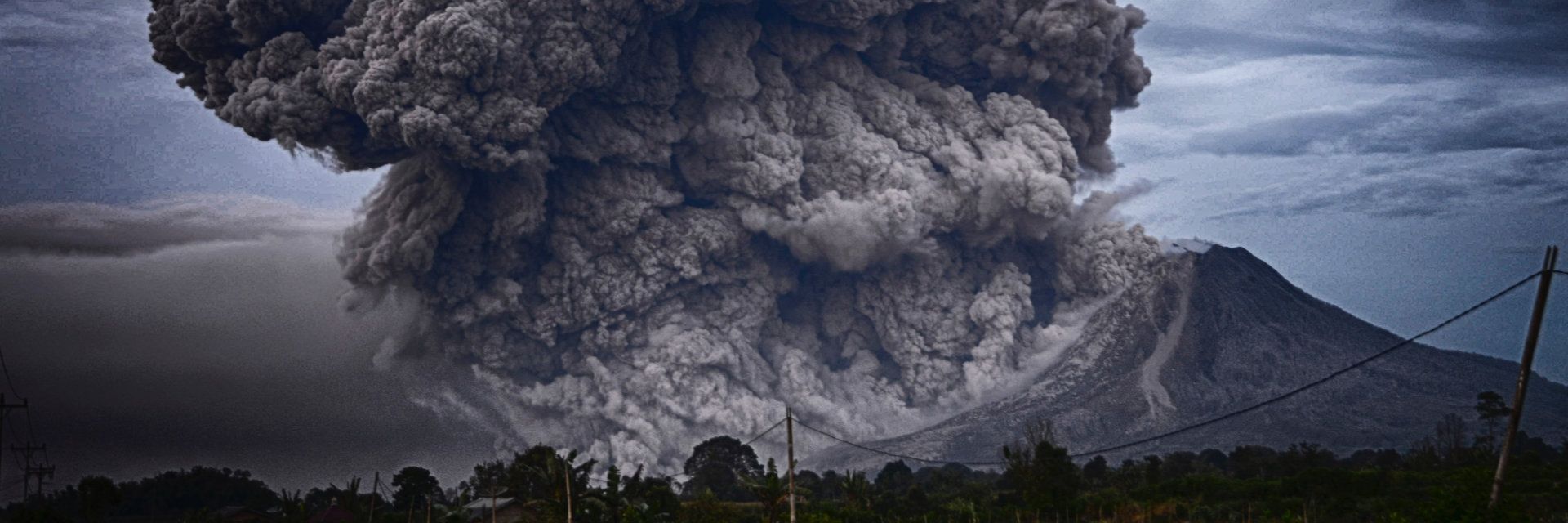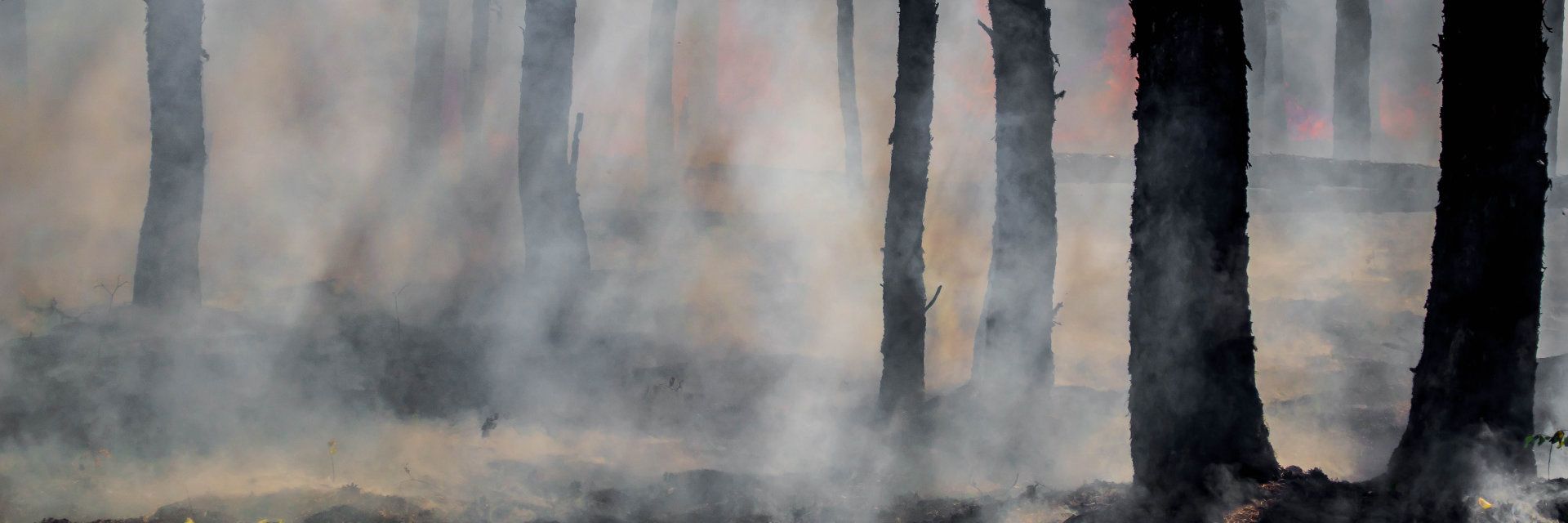



How catastrophes impact access to food
Food production
The loss of agriculture, even in just one region of the world, would increase costs and impact access to food for people everywhere. The worst of the global catastrophes could reduce sunlight and decrease global temperatures so significantly that crop production everywhere would suffer for years. Even smaller catastrophes could still lead to a 5% loss in global calorie output.
Supply chain and distribution
Food is a global business, with many countries relying on importing and exporting grains, produce, and other items to feed their people. Catastrophes such as a coordinated cyberattack, an extreme solar storm, or a high-altitude electromagnetic pulse (nuclear attack) could take electrical grids offline, which would disrupt food supply chains, shipping, and distribution management. Other events such as tsunamis or war could disable ports and other distribution channels.
Equitable access
Famines often occur not because of a lack of food, but because those most in need of food can’t access it, often for financial or political reasons. A global disaster, regardless of whether it impacts food production, the supply chain, or both, could exacerbate this type of situation if wealthier countries and people hoard food for themselves, while poorer countries and people are priced out. To save the most lives after a catastrophe, food must be equitably available. ALLFED identifies resilient foods and other solutions to help ensure that as many people—and animals!—as possible are able to access the nutrition they need to survive a catastrophe.
Four categories of catastrophes affecting food production
ALLFED recognizes four categories of catastrophes that have the potential to lead to a 5% loss in global calorie output. Different categories of catastrophes overlap to some extent, and this potential for interaction between catastrophes could make each of them more likely, and more harmful.
Technology and infrastructure
Technology is the reason society has advanced and progressed as much as it has, but many of our innovations have also created new vulnerabilities. Infrastructure, especially that which supports the electrical grid and fossil fuel production, enables nearly everything we do. Modern civilization quite literally depends on this infrastructure to function. But this dependency makes us vulnerable to several types of natural events and intentional attacks, including:
- Extreme solar storms, such as the Carrington Event in 1859
- High-altitude electromagnetic pulses (HEMPs) caused by nuclear attacks
- Natural pandemics, which, if deadly enough, could prevent necessary workers from operating critical infrastructure
- Cyberattacks, especially as artificial intelligence (AI) programs become more powerful
Cyberspace is an especially vulnerable space, as hackers have already successfully targeted government agencies, oil pipelines, and even electrical grids. So far these attacks have been small in scale compared to the catastrophes ALLFED focuses on, but as computing and AI grow more powerful, hackers could potentially target larger systems, such as the infrastructure needed to transport food or store it safely.
Some technological threats could target humans more directly, whether via an intentional biological attack (such as bioterrorism), or an accident (such as a biological lab leak of deadly pathogens).
Multiple breadbasket failure
A breadbasket is a major cereal-producing region. A multiple breadbasket failure (MBBF), as the name implies, is when breadbaskets in multiple areas fail to produce enough food. Because so many populations rely on the staple foods breadbaskets produce, like rice, wheat, and corn, an MBBF could quickly lead to a massive global famine.
We’ve identified three potential catastrophic triggers of an MBBF.
Complex systems
Perhaps the greatest threat we face isn’t one of the catastrophes listed above, but rather a combination of such threats. We live in a complex, interconnected world with many vulnerabilities, and disasters can negatively affect multiple aspects of a system.
Unknowns
Multiple breadbasket failure, technology and infrastructure, and complex systems are examples of risks that we’re familiar with. However, risk is inherently an unknown. Even for anticipated threats, such as gamma ray bursts that could destroy the ozone layer and leave people vulnerable to the Sun’s ultraviolet radiation, it’s not clear how likely such an event is. And, of course, there are unknown unknowns.
A large number of the catastrophes that we know about now were only recognized in the last few decades. This indicates there could be many more risks we’re simply not aware of yet.
While it’s important to try to identify as many threats as possible, it’s just as critical to understand how risks could impact key societal functions, so that we can build resilience into our global systems and be ready for any disaster.